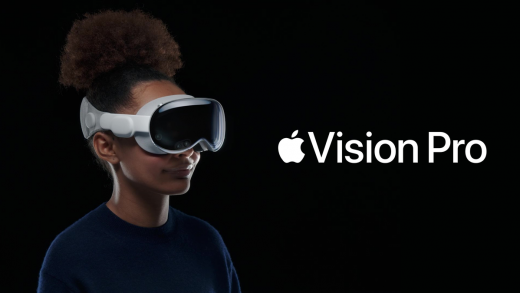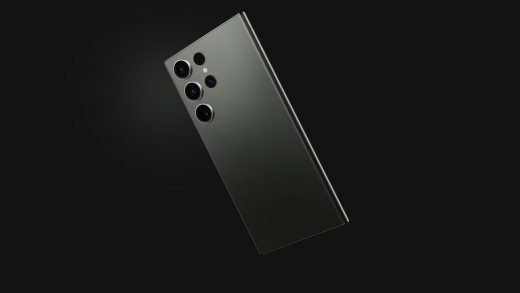
As the pixels settle after Apple’s meticulously planned rollout of its Vision Pro headset, battle lines have solidified in the war for a new reality. Multiple tech powers—and some rising upstarts—are developing headsets and other gizmos to digitally augment or replace the world our raw senses perceive. But there’s a clear split in philosophy over the role these mixed-reality devices will play.
Suddenly, that schism matters. Only a year ago—in those palmy days when we weren’t fixated on AI writing our essays and maybe wiping out humanity—tech’s big obsession was the metaverse. Every company seemed to have a strategy for this upcoming paradigm. Disappointing sales and the rise of generative AI shunted that discussion to the background. But Apple’s splashy entry has revived interest—and challenged the way that one-time undisputed king of the metaverse, Mark Zuckerberg, is pursuing mixed reality. Other players in the field will choose between these paths. Even giants like Microsoft. When I spoke recently with its CEO, Satya Nadella, he reaffirmed his commitment to the pursuit of “presence.” (Then we continued talking about AI.)
Nine years ago, Zuckerberg’s exposure to VR by way of the Oculus headset—then a bare-bones Kickstarter concoction—was like a lightning strike to his cranium. In an instant, he became convinced that digitally generated reality was the platform of the future. Predictably, the founder of the world’s dominant social media company divined that this new technology would be social. In 2014, he bought the startup for $2 billion. Even though progress was slow—his original roughly 10-year timeline is almost up—he’s never lost faith, even changing the name of his company to Meta to reflect his commitment. Embracing the term “metaverse,” the name novelist Neal Stephenson gave to the concept of an alternative digital world, Zuckerberg has the long-term goal of providing the tools to make us go somewhere else—and socialize there.
Long-term, indeed. Meta’s headsets, dubbed Quest, are the most popular VR rigs, but they’re far from ubiquitous. Zuckerberg’s path to change is paved with immersive activities like gaming, fitness, and VR social spaces where people are represented by cartoonish avatars. Silly as this is, I’ve found that these avatars can actually foster a semi-lifelike sense of connection. But Meta’s flagship social app, Horizon Worlds, is still clunky and tiring. Last year, a Meta executive had to scold employees for not using it for their meetings. Nonetheless, the company is spending billions in research to improve the technology, convinced its approach is the right one.
With its $3,500 Vision Pro headset—lighter and more sophisticated than Meta’s Quest devices— Apple has chosen a different course. As I wrote earlier this month in my first impressions of the device, the company sees its operating system, VisionOs, in the tradition of earlier advances in natural computing interfaces, like the graphical interface, and pointing devices like the mouse or touchscreen. James Wagner Au, author of the new book Making a Metaverse That Matters, says, “It makes more sense to think of Vision Pro as the successor to the Mac Pro—a device for high-end content creators who would find it appealing to have a single device where the multiple screens can be subsumed into one device or reality.”
Not once during Apple’s event was the word “metaverse” uttered. Instead the company’s wordsmiths said the device was a foray into “spatial computing.” The Vision Pro is primarily a solitary device that allows you to work or watch a movie. The most social component is that when a human being gets close to you in the real world, the digital display consuming your consciousness dims enough to let you know someone’s approaching, perhaps to ask you for a stapler.


